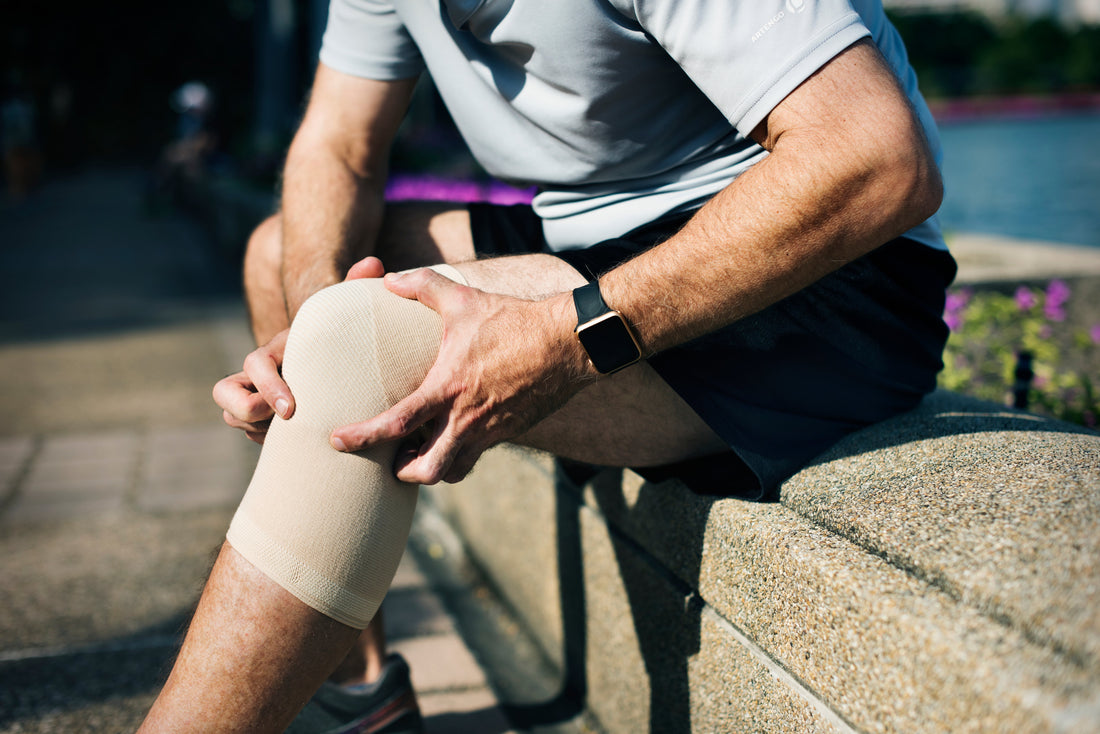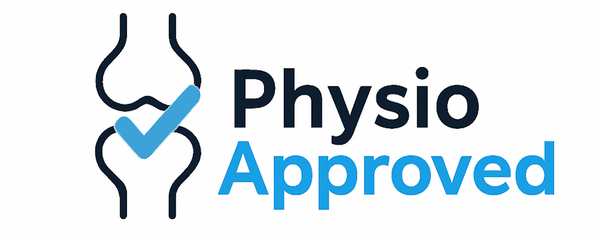
Which Knee Brace Do You Need? - A Physiotherapist's Perspective
Share
A Physio’s Perspective on Choosing the Right Support for Your Knee
Choosing the right knee brace can be overwhelming - with so many options on the market, knowing what will actually help your specific knee problem isn’t always clear.
As Physios, we’ve seen firsthand how injuries and knee pain can have a debilitating effect on people of all ages, from athletes to office workers. We've also seen how the right brace - when chosen correctly - can play a vital role in reducing pain, improving function, and supporting recovery.
This guide breaks down the different types of knee braces, how they work, and which might be most suitable for your needs - whether you’re dealing with an acute injury, ongoing knee pain, or instability.
Why Choose a Knee Brace?
As established in our Knee Injury Guide, the knee is a complex joint made up of bones, cartilage, ligaments, and tendons, working together to stabilise your body and facilitate movement.
Unfortunately, that complexity also makes it vulnerable to injury and overuse.
Bracing can help by:
- Reducing pain and swelling
- Providing mechanical support and stability
- Improving joint alignment
- Supporting weak or overworked muscles
- Promoting confidence during movement
But to get those benefits, choosing the right brace matters.
#1 Compression Knee Sleeves
Best for General Knee Pain, Swelling, Mild Instability
Compression sleeves are one of the most popular options — and for good reason. They’re lightweight, easy to wear under clothing, and provide graduated compression to the knee joint.
Ideal For:
✔ Mild swelling and inflammation
✔ Chronic knee pain (including early osteoarthritis)
✔ Patellofemoral pain syndrome (runner's knee)
✔ General feelings of knee weakness or instability
✔ Long-term management of mild meniscus irritation
How They Work:
- Applies consistent but gentle compression to reduce swelling
- Improves blood flow and stimulate muscle activation
- Provides proprioceptive feedback to improve knee stability
What To Look For:
✅ Comfortable, anatomical fit that stays in place during activity
✅ Breathable, moisture-wicking material for all-day use
✅ Medical-grade compression (not just tight fabric)
These are the sleeve characteristics necessary to get meaningful results from their use. We promote compression sleeves that balance support with comfort - ideal for daily use or during exercise: Explore Compression Knee Sleeves.
#2 Patella Straps (Below Knee Straps)
Best for Targeted Kneecap Pain and Overuse Injuries
Knee straps, often called patella straps, are a minimalist support designed to target pain around the front of the knee, especially beneath the kneecap.
Ideal For:
✔ Patellar tendonitis (jumper’s knee)
✔ Osgood-Schlatter's disease (common in adolescents)
✔ Mild patella instability
✔ Runner’s knee
✔ General kneecap discomfort
How They Work:
- Applies focused pressure below the kneecap
- Reduces strain on the patellar tendon
- Helps realign patella tracking during movement
What to Look For:
✅ Soft, adjustable materials that don’t dig i
✅ Secure fit that stays in place during activity
✅ Gel or cushioned pressure pad for comfort
We recommend patella straps for targeted relief in high-impact activities or as part of an injury management plan: Explore Patella Straps
#3 Knee Wraps
Ideal for people who want control over the tightness of their knee support
Ideal For:
✔ Mild instability
✔ Post-operative swelling
✔ General support during exercise
✔ Situations where compression levels need to be varied
How they work:
- Reduces swelling and inflammation after activity or injury
- Provides proprioceptive feedback to improve knee stability
- Supports the muscles and ligaments during movement
- Enhances comfort during daily activities or sport
What to look for:
✅ Adjustable, high-quality fastening system, using durable velcro or strap system
✅ Comfortable, breathable material
✅ Light compression with support
✅ Anatomical fit and coverage
Unlike sleeves, which you pull over the knee, wraps open completely and are secured around the joint using Velcro or straps, making them ideal for people with limited mobility or who prefer control over tightness.

#4 Hinged Knee Braces
Best for Ligament Injuries, Knee Instability, and those looking for Structural Support
Hinged knee braces offer structural support for unstable or injured knees. They combine compression with rigid side supports (hinges) that limit risky sideways movement, protecting ligaments while bolstering knee stability.
Ideal For:
✔ Ligament sprains (ACL, MCL, LCL)
✔ Meniscus injuries
✔ Moderate instability
✔ Post-surgery recovery
✔ Returning to sport safely
How They Work:
- Controls excessive movement that strains ligaments
- Provides external stability during activity
- Supports safer return to sport or exercise
What to Look For:
✅ Lightweight materials to reduce fatigue
✅ Secure, adjustable straps for comfort
✅ Anatomical fit that stays in place
✅ Breathable fabrics to prevent irritation
#5 Unloader Knee Brace
Best for Moderate to Severe Knee Arthritis or Joint Degeneration
Unloader knee braces reduce pressure on specific areas of the knee, making them ideal for conditions like osteoarthritis or meniscus damage. They help shift load away from the painful part of the joint, improving comfort during movement.
Ideal For:
How they work:
-
Reduce stress on the affected knee compartment
- Improve joint alignment and movement mechanics
- Help relieve pain and stiffness, especially in arthritis
What to look for:
✅ Adjustable design to target the painful area
✅ Lightweight yet durable construction
✅ Secure fit to stay in place during daily activity
Final Thoughts: Keep it Simple, Keep it Evidence-Based
As physio students, we believe injury management should be straightforward, affordable, and grounded in evidence — not hype. The right brace can support your recovery, but it's only one piece of the puzzle alongside exercise, education, and guided rehab.
Need help choosing? Explore our curated, physio-endorsed selection designed to help you move better, with confidence:
Shop All Knee Supports
Read: Common Knee Injuries Explained — A Physio Perspective
